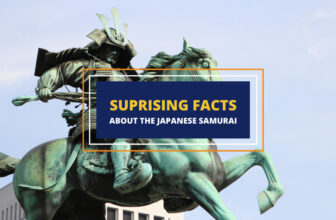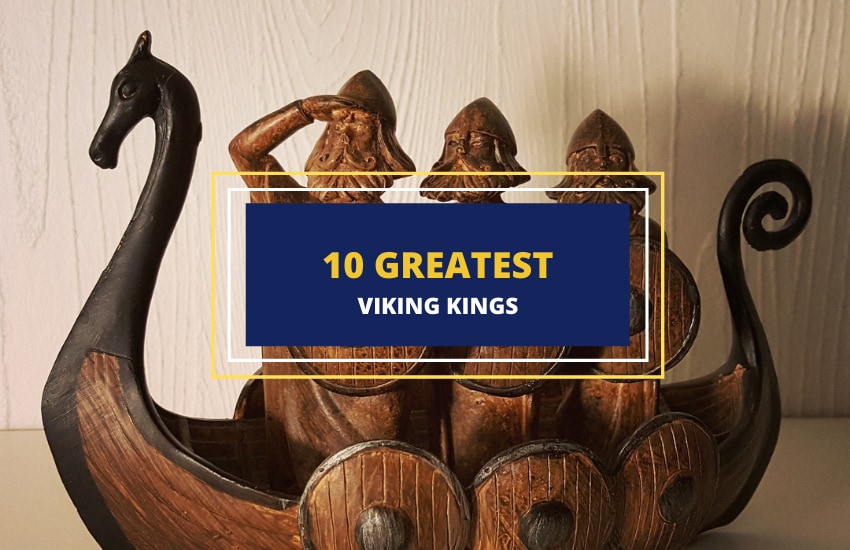
Table of Contents
Vikings were known for being fearless and powerful warriors. Many of them went down in history as truly polarizing figures. While on one hand they are lauded as having been brave and honorable warriors, on the other they have been labeled as bloodthirsty and expansionist.
Regardless of which side you are on, we can all agree that the Vikings and their culture are fascinating topics to explore. When it comes to their leadership, history shows they were not a unified group of people under one ruler. There were many Viking kings and chieftains who oversaw everyday life in their societies.
We’ve compiled a list of some of the greatest and most well-known Viking kings. Keep reading to learn more about these members of the Nordic royalty who left an indelible mark on European and world history.
1- Erik the Red
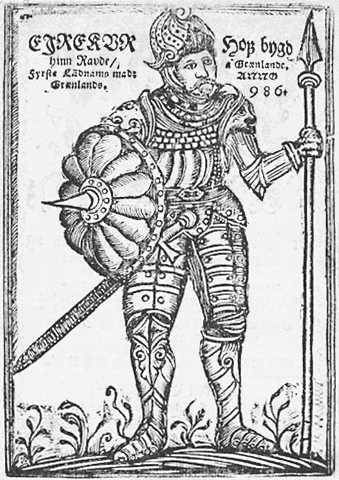
Erik the Red lived in the second half of the 10th century, and was the first westerner to start a settlement in today’s Greenland. Although it might sound unreasonable that Vikings would choose to settle in such a harsh climate, the story of Erik the Red is full of twists and turns that explain his decision.
It is believed that Erik the Red’s father exiled him from Norway for killing a fellow Viking. Erik the Red’s travels did not lead him directly to Greenland. After his banishment from Norway, he moved to Iceland, but he was exiled from there too under similar circumstances.
This prompted him to turn his gaze further towards the West. He settled in Greenland to wait for the end of his term of exile. After it expired, he decided to return to his homeland and invite other settlers to join him in Greenland.
Erik the Red was the man who gave Greenland its name. He named it purely for strategic reasons – as a propaganda tool to make the place sound more appealing to the settlers that were not aware of the island’s harsh environment!
2- Leif Erikson
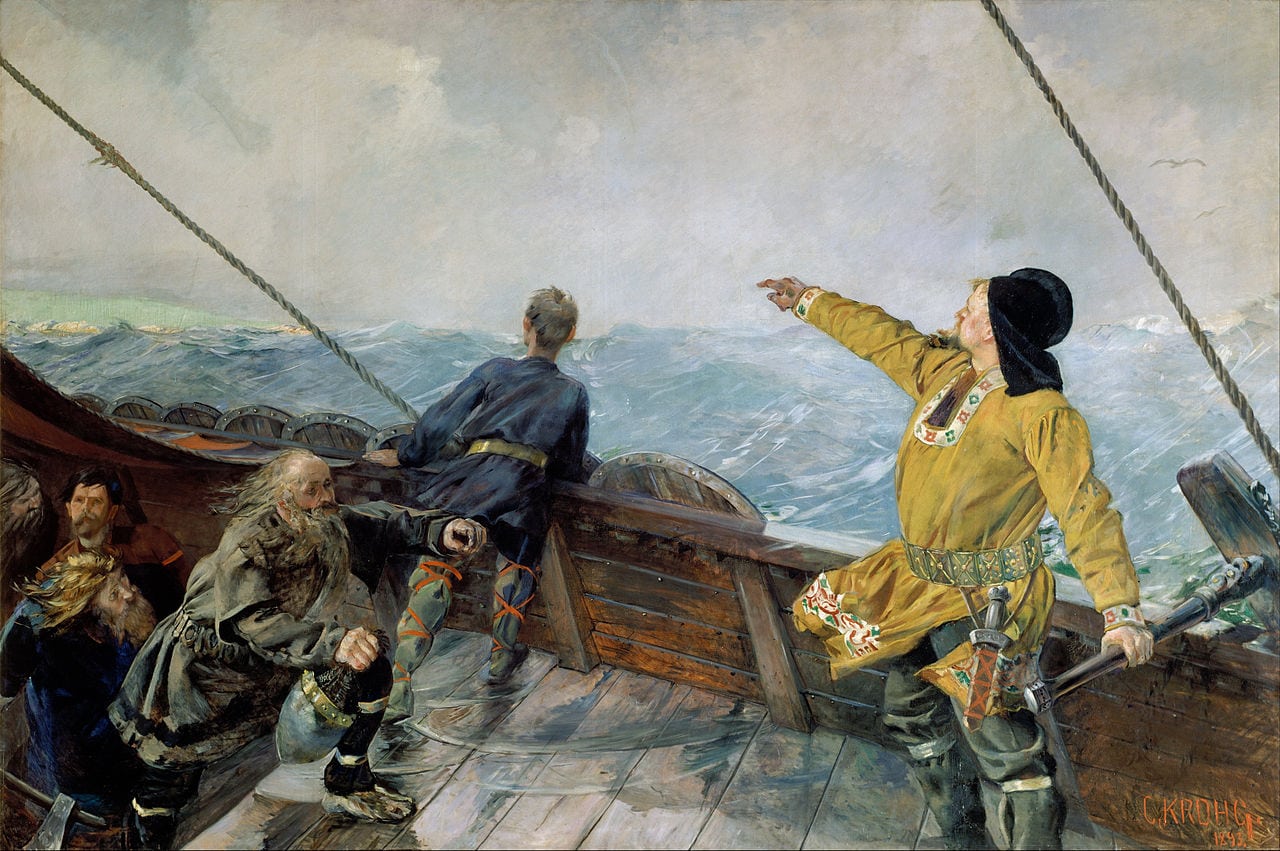
Leif Erikson was Erik the Red’s son and the first Viking to ever set sail in the direction of Newfoundland and Canada in North America. It is believed that he started his journey around the beginning of the 10th century.
Leif went even further than his father and any other Viking before him, but he decided not to settle permanently in Canada or Newfoundland. Instead, he traveled back and succeeded his father as a chieftain of the Viking settlers in Greenland. There, he went on to pursue his agenda of converting the Vikings of Greenland to Christianity.
3- Ragnar Lothbrok
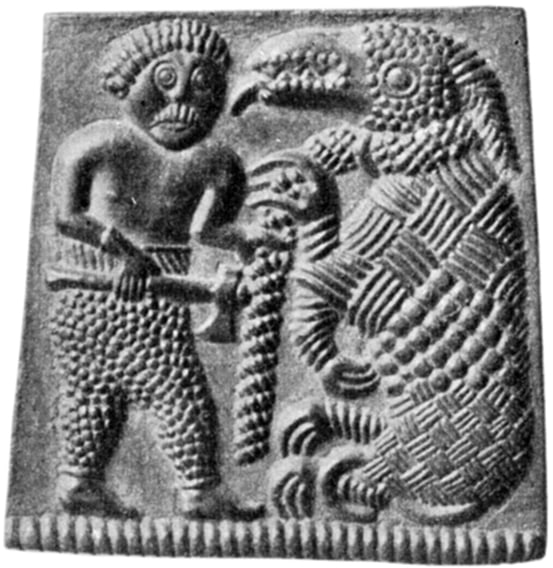
Ragnar Lothbrok is perhaps the most famous Viking that ever lived. Thanks to the television series Vikings, his name has become well known in today’s pop culture. Ragnar Lothbrok is known to have been the most powerful and important figure of his time.
It is, however, entirely possible that he never existed and that his name merely comes from a Viking myth or legend inspired by some other kings that lived then. Stories about Ragnar Lothbrok are surrounded by depictions of what sound like true events yet there are also “accounts” of him slaying dragons in the 9th century.
In oral traditions, he was usually described as an autocratic ruler who was so full of himself that he believed he could easily take over England with just two ships. This escapade led to his demise.
4- Rollo
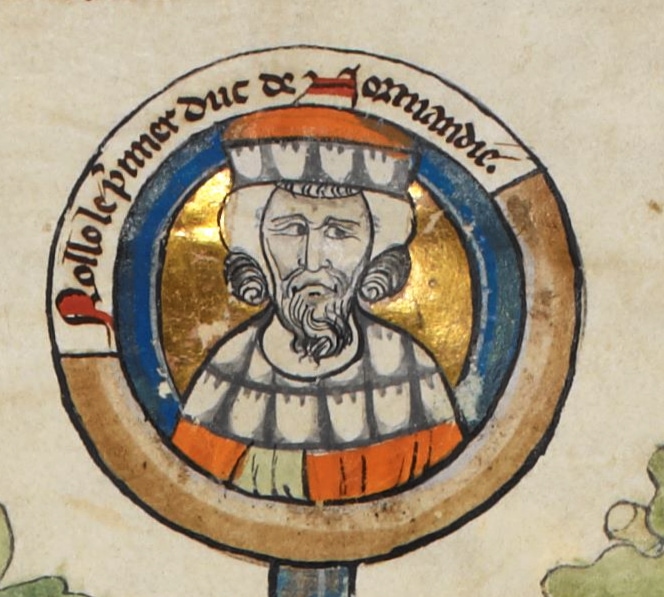
Rollo was another great Viking ruler who rose to fame when he started his raids in France somewhere in the 9th century. He managed to secure a permanent hold on French land in the Seine valley. The king of West Francia, Charles the Simple gave Rollo and his followers land in the region in exchange for keeping out raiding Viking parties.
Rollo expanded his power over his land that soon became known as the North Man’s Land or Normandy. He reigned over this region until around 928 and was, therefore, the first ruler of Normandy.
5- Olaf Tryggvason
Olaf Tryggvason was known for being the first unifier of Norway. He spent a large part of his childhood in Russia. Tryggvason is known for leading a fearless Viking invasion on England and starting a tradition of collecting gold from the Englishmen in exchange for a promise not to attack them in the future. This form of payment became known as the “Dane Gold” or “Danegeld”.
Not long after he became the king of Norway, Olaf insisted that all of his subjects convert to Christianity. This was a huge blow to the pagan populations of Scandinavia that believed in a pantheon of gods. Of course, they were not entirely on board with what Christianity was teaching. Many were “converted” under threat to their lives. Little is known of this cruel ruler who died in battle in around 1000 A.D.
6- Harald Hardrada
Harald Hardrada is considered to be the last great king of the Vikings. He was born in Norway but was eventually exiled.
His life was marked by the travels that took him further than most Vikings ever went. He went as far as Ukraine and Constantinople, gaining many riches and acquiring much land along the way.
After his travels, he decided to pursue the Danish throne but got Norway instead because he was unsuccessful in challenging the Danish ruler. Realizing that he couldn’t conquer Denmark, he set his sights towards England that he saw as a great place to invade. However, Hardrada lost against England’s ruler, Harold Godwinson, in the battle of Stamford Bridge where he was slain in battle.
7- Cnut the Great
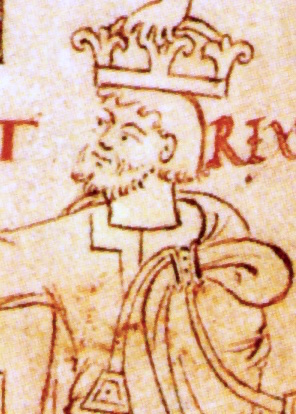
Cnut the Great, a powerful Viking political figure in his time, was the king of England, Denmark, and Norway between 1016 and 1035. At the time, his vast territorial possessions were commonly called “The North Sea Empire”.
Cnut the Great’s success lay in the fact that he was known to use his brutality to keep his territories in order, especially in Denmark and England. He also often battled his opponents in Scandinavia. He was considered a very effective king because he managed to extend his influence over areas where many of his contemporaries only dreamed of conquering.
It is also believed that some of his success is thanks to his being closely allied with the Church.
8- Ivar the Boneless
Ivar the Boneless was thought to be one of King Ragnar Lothbrok’s sons. He was disabled and unable to walk – probably due to a hereditary skeletal condition known as brittle bone disease. Despite his disability, he was known as a fearless warrior who fought alongside his brothers in battle.
Ivar the Boneless was a very smart tactician, something rather rare in his times. He was cunning in following his brothers during many raids, leading many of them to death. He eventually ended up inheriting the Viking lands after Ragnar’s untimely death in England. Although Ivar tried to seek revenge for his father’s death, he valued his life too much to go to war over it. While his brothers ended up slain during battles, Ivar instead decided to pursue diplomacy and find ways to create alliances.
9- Hastein
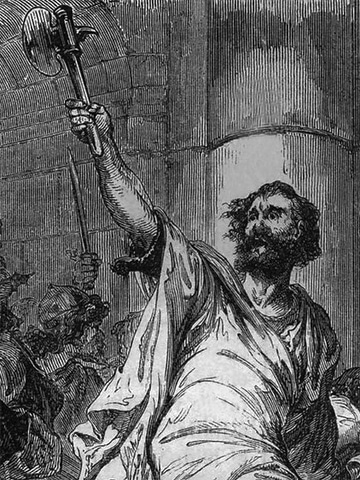
Hastein is another famous Viking chieftain who was well known for his raiding voyages. He sailed to France, Spain, and even around the Mediterranean as early as the 9th century.
Hastein wanted to reach Rome but mistook another Italian city for it. He developed a cunning strategy to overtake this city and infiltrate it by claiming that he was a mortally wounded warrior who wished to be converted to Christianity and would like to be buried on consecrated ground. The chieftain surrounded himself with a group of fellow Vikings dressed as monks, and it did not take them long to capture the city.
Despite his wits and strategic talents, Hastein never fulfilled his dream of conquering Rome.
10- William the Conqueror
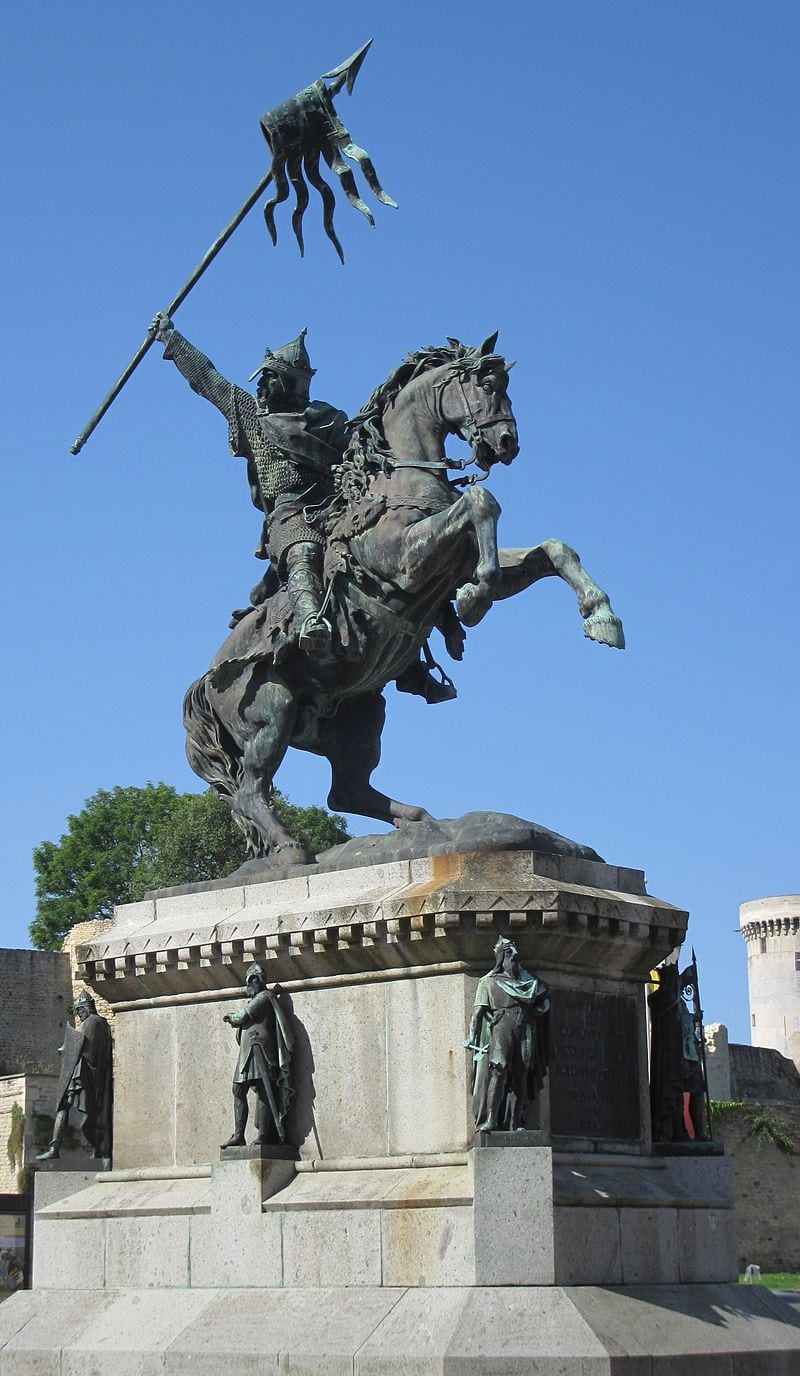
William I, or William the Conqueror, was a direct descendant of the Viking king Rollo, being Rollo’s great-great-great-grandson. Rollo became the first ruler of Normandy between 911 and 928.
William the Conqueror conquered England at the Battle of Hastings in 1066. Unlike many of his contemporaries, William already had some knowledge of the region’s political affairs, having been raised as a Duke of Normandy. His extensive knowledge gave him an upper edge over many of his contemporaries and he learned early on about strategizing and conducting successful raids and wars.
William the Conqueror focused on consolidating power through putting down rebellion. He also understood the importance of maintaining administration and bureaucracy in his lands. He became the first Norman monarch of England, where he ruled from 1066 to 1087. After his death, England went to his second son Rufus.
Wrapping Up
Vikings went down in history as powerful and fierce rulers; however, they are also known for their bravery and exploration that led them to leave the shores of their homelands and travel to many other lands that feared their arrival.
In this brief post, we have given you a taste of the exploits of some of the most important and iconic Viking rulers. Of course, this is not an exhaustive list and there are still many tales to be told of these vibrant Nordic people. Nevertheless, we hope you’ve learned something new about Viking rulers and will be inspired to read further.





